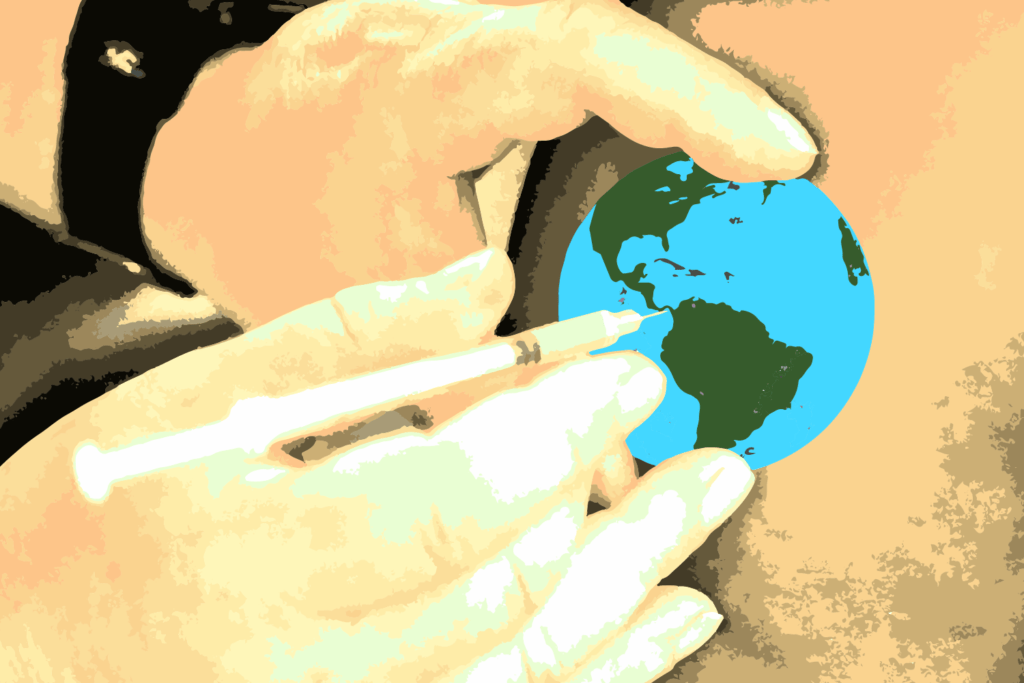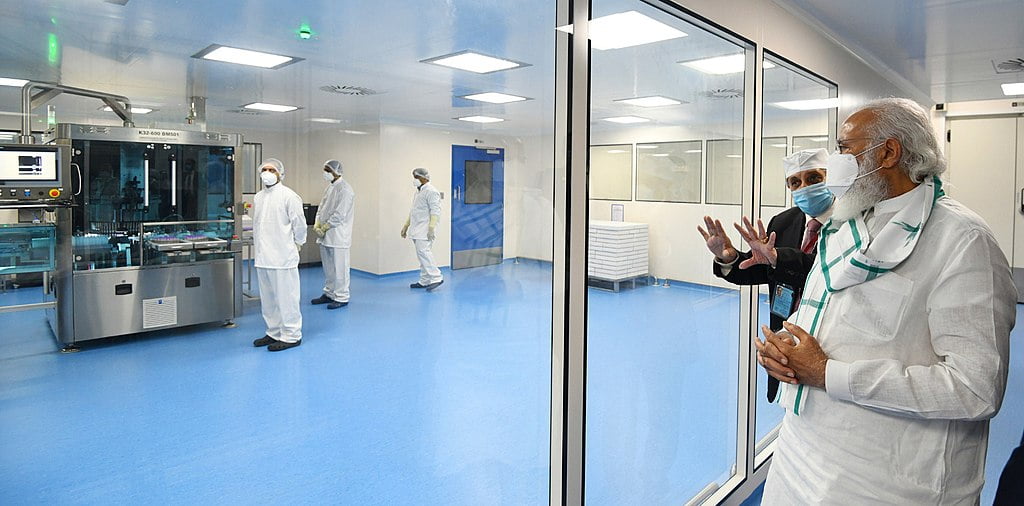We use cookies to improve your experience with Monash. For an optimal experience, we recommend you enable all cookies; alternatively, you can customise which cookies you’re happy for us to use. You may withdraw your consent at any time. To learn more, view our Website Terms and Conditions and Data Protection and Privacy Procedure.
Vaccines beyond COVID
Published on April 22, 2022For WHO Immunisation Week, we explore what could drive the next great leap forward on vaccines.
 Vaccination has allowed the world to start moving beyond the COVID-19 pandemic, but challenges still remain in the quest to resolve many deadly diseases. Picture: Michael Joiner, 360info. : Michael Joiner, 360info
Vaccination has allowed the world to start moving beyond the COVID-19 pandemic, but challenges still remain in the quest to resolve many deadly diseases. Picture: Michael Joiner, 360info. : Michael Joiner, 360info
For WHO Immunisation Week, we explore what could drive the next great leap forward on vaccines.
The power of vaccinations have been front and centre over the past few years, lighting a way for the planet through the pandemic. But immunisation isn’t just a COVID-19 issue: it’s a collective movement that helps fortify the global population against a whole host of diseases.
But doing so in a way that is careful and safe is essential. While the urgency for vaccinations to protect against deadly ailments such as malaria and HIV is as serious as ever, breakthroughs don’t happen overnight. Not only is research rigid, but clinical testing is as cautious and rigorous as can be — ensuring that every vaccine that reaches the public is unimpeachable in its safety.
What can happen much faster is policy changes that eases the way for vaccine development and access. Governments in countries such as India have shown the power of investing in vaccine manufacturing and development, whilst other global initiatives to improve access to immunisation have been undercut by parties seeking profit and power.
Looking beyond the pandemic, countries around the world will be tasked with protecting their population from established and emerging viruses and diseases. Striking a balance between the science and policy will be vital as the pall of COVID lifts and the threat of new pathogens appear.
REALITY CHECK
The first vaccine to be successfully developed was a smallpox vaccine, introduced by British physician and scientist Edward Jenner in 1796.
Prior to COVID-19, the fastest vaccine to go from development to deployment was the mumps vaccine in the 1960s, which took about four years.
Only 19 vaccine introductions were reported in 2020, less than half of any year in the past two decades.
Vaccines save an estimated 2-3 million children each year from deadly diseases. However, in the same period, approximately 1.5 million children under five lose their lives to vaccine-preventable diseases.
BIG IDEAS
Quotes attributable to Citrawati Dyah Kencono Wungu, University of Airlangga, Indonesia:
“In the future, mRNA vaccine technology also has the potential to be developed for other infectious diseases, such as influenza, dengue, zika, and chikungunya fever. Scientists simply need to modify a mRNA component of a vaccine instead of the entire thing for new diseases or strains. This makes developing new vaccines and adapting existing ones easier and faster.”
Quote attributable to Visai Muruganandah, James Cook University:
“With an exponentially increasing population, mass land clearing and climate change contributing to a drastic transformation of our natural environment, the risk of frequent pandemics is rising.”
Originally published under Creative Commons by 360info™.











